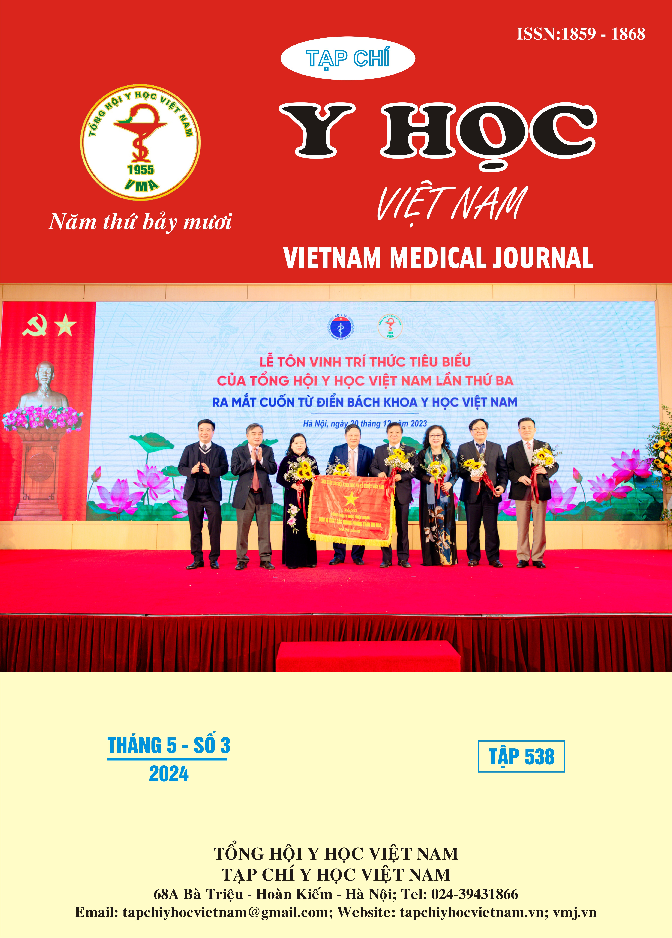AN EVALUATION OF INTRAVITREAL RANIBIZUMAB FOR DIABETIC MACULAR EDEMA
Main Article Content
Abstract
Objectives: To evaluate the effect of intravitreal ranibizumab injection for clinically significant diabetic macular edema (DME). Methods: This is quasi experimental study. These eyes with diabetic macular edema had baseline best-corrected visual acuity (BCVA) 20/40 (70 ETDRS letters) to 20/320 (10 ETDRS letters) and central retinal thickness (CRT) ≥ 250 µm on optical coherence tomography. Patients were treated with 3 consecutive monthly intravitreal 0.5mg ranibizumab injections then injections until BCVA 20/20 or stable (regardless of OCT findings). Followed up 24 weeks. Results: Enrolled 21 eyes of 15 patients (8 males and 7 females) with diabetic macular edema with 4.9 ± 1.2 injections at 24 weeks. Mean best-corrected visual acuity ETDRS letter score at baseline was 54.9 ± 3.6 letters and increased significantly (p < 0.0001) by 14.9 ± 10.1 letters to 69.7 ± 3.3 letters at 24 weeks. Baseline central foveal thickness was 442.9 ± 28.9 µm and decreased significantly (p < 0.0001) by 189,0 ± 32,3 µm to 253.9 ± 10,2 µm at 24 weeks. Significant improvements in macular edema were noted on OCT, and retinopathy was less likely to worsen and more likely to improve in ranibizumab-treated patients. There are no complications such as retinal detachment, endophthalmitis, vitreous hemorrhage,... BCVA background <60 ETDRS letters ~ <3/10 risk that not successfully reaching 8.8 times compared to the group with BCVA baseline ≥ 60 ETDRS letters ~ ≥ 3/10; tested Fisher's Exact; RR = 8.8; 95% CI (1.324 to 58.500); p = 0.002. Conclusions: Ranibizumab therapy in the treatment of diabetic macular edema improve significantly retinal function and structure.
Article Details
Keywords
diabetic macular edema, diabetic retinopathy, risk factor, ranibizumab.
References
2. Juliana C. N. Chan, MBChB, Vasanti Malik, Weiping Jia, Takashi Kadowaki, (2009), “Diabetes in Asia Epidemiology, Risk Factors, and Pathophysiology”, JAMA; 301(20):pp.2129-2140.
3. Klein, R., et al. (1984), "The Wisconsin epidemiologic study of diabetic retinopathy. IV. Diabetic macular edema". Ophthalmology. 91(12): p. 1464-74.
4. Miller EC, Capps BE, Sanghani RR, et al. (2007), “Regulation of igf-I signaling in retinal endothelial cells by hyperglycemia.” Invest Ophthalmol Vis Sci;48(8):3878—87.
5. Nguyen QD, Brown DM, Marcus DM, et al, RISE and RIDE Research Group. (2012), “Ranibizumab for diabetic macular edema: results from 2 phase III randomized trials: RISE and RIDE”. Ophthalmology; 119:789–801.
6. Nguyen QD, Tatlipinar S, Shah SM, et al: READ-1 (2006), “Vascular endothelial growth factor is a critical stimulus for diabetic macular edema”. Am J Ophthalmol;142:961–9.
7. Nguyen Quan Dong, MD, Syed Mahmood Shah, et al (2009),” Primary End Point (Six Months) Results of the Ranibizumab for Edema of the macula in Diabetes (READ-2) Study” Ophthalmology;116:pp.2175–2181.
8. Panozzo, G., et al. (2004), "Diabetic macular edema: an OCT-based classification". Semin Ophthalmol. 19(1-2): p. 13-20.
9. Raj Maturi, et al (2015), “Exploratory Analysis of Persistent Macular Thickening Following Intravitreal Ranibizumab for Center-Involved Diabetic Macular Edema” Investigative Ophthalmology & Visual Science, Vol.56(7), 1732


